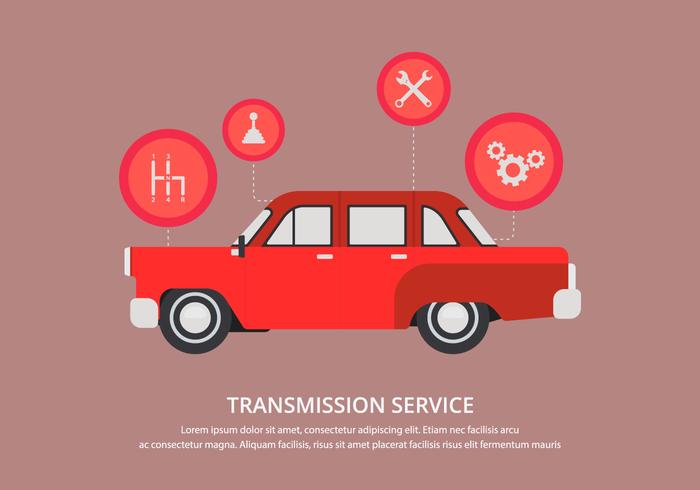Eager To Recognize What The Dashboard Warning Lights In Your Car Signify? Explore Their Significances For The Wellness And Safety And Security Of Your Lorry
Eager To Recognize What The Dashboard Warning Lights In Your Car Signify? Explore Their Significances For The Wellness And Safety And Security Of Your Lorry
Blog Article
Article Written By-Higgins Torres
When you lag the wheel, those radiant warning lights on your dashboard can be a bit puzzling. Do you understand what they're trying to inform you about your car's health and wellness? Recognizing https://oil-change-places-near-me95062.blogdanica.com/32041050/find-out-just-how-environmentally-friendly-vehicle-outlining-products-can-boost-your-lorry-s-shine-while-shielding-the-planet-find-the-lasting-options-waiting-for-you of these lights is essential for your safety and the long life of your automobile. So, the next time one of those lights appears, wouldn't you want to decode its message accurately and take the necessary actions to resolve it?
Common Caution Lighting and Interpretations
Determine typical warning lights in your vehicle and recognize their significances to make sure secure driving.
One of the most common caution lights consist of the check engine light, which signifies concerns with the engine or exhausts system. If this light begins, it's critical to have your vehicle examined without delay.
The oil stress warning light indicates reduced oil pressure, needing prompt interest to avoid engine damages.
A blinking battery light could suggest a malfunctioning charging system, potentially leaving you stranded if not addressed.
The tire pressure monitoring system (TPMS) light informs you to reduced tire pressure, influencing car stability and gas efficiency. Overlooking this might cause risky driving conditions.
The abdominal muscle light suggests a problem with the anti-lock stopping system, endangering your capacity to quit promptly in emergencies.
Last but not least, the coolant temperature cautioning light warns of engine overheating, which can result in extreme damage otherwise dealt with promptly.
Comprehending these usual warning lights will certainly help you deal with issues immediately and maintain secure driving problems.
Value of Prompt Attention
Comprehending the common warning lights in your vehicle is just the initial step; the value of quickly attending to these cautions can not be stressed enough to guarantee your security when traveling.
When a caution light illuminates on your control panel, it's your automobile's way of communicating a possible concern that requires focus. Neglecting these warnings can lead to extra extreme troubles in the future, compromising your security and potentially costing you more in repairs.
Trigger focus to advising lights can protect against malfunctions and accidents. For detailauckland , a flashing check engine light can indicate a misfire that, if left neglected, might trigger damages to the catalytic converter. Addressing this quickly can conserve you from a pricey repair work.
Similarly, a brake system warning light may signal low brake fluid or worn brake pads, essential parts for your safety and security when driving.
Do It Yourself Troubleshooting Tips
If you see a warning light on your control panel, there are a couple of DIY fixing suggestions you can attempt prior to looking for expert help.
The first step is to consult your car's guidebook to understand what the certain caution light indicates. Occasionally the concern can be as simple as a loose gas cap causing the check engine light. Tightening the gas cap might resolve the issue.
An additional common issue is a reduced battery, which can trigger numerous warning lights. Examining the battery links for corrosion and guaranteeing they're protected may take care of the issue.
If a warning light continues, you can attempt resetting it by detaching the car's battery for a few minutes and then reconnecting it. Furthermore, examining your vehicle's liquid degrees, such as oil, coolant, and brake liquid, can assist fix alerting lights associated with these systems.
Conclusion
Finally, understanding your automobile's caution lights is necessary for maintaining your automobile running smoothly and safely. By without delay attending to these informs and understanding what they imply, you can avoid expensive fixings and possible breakdowns.
Remember to consult your auto's manual for particular information on each alerting light and act as necessary to ensure a hassle-free driving experience.
Stay informed, remain risk-free when driving!
